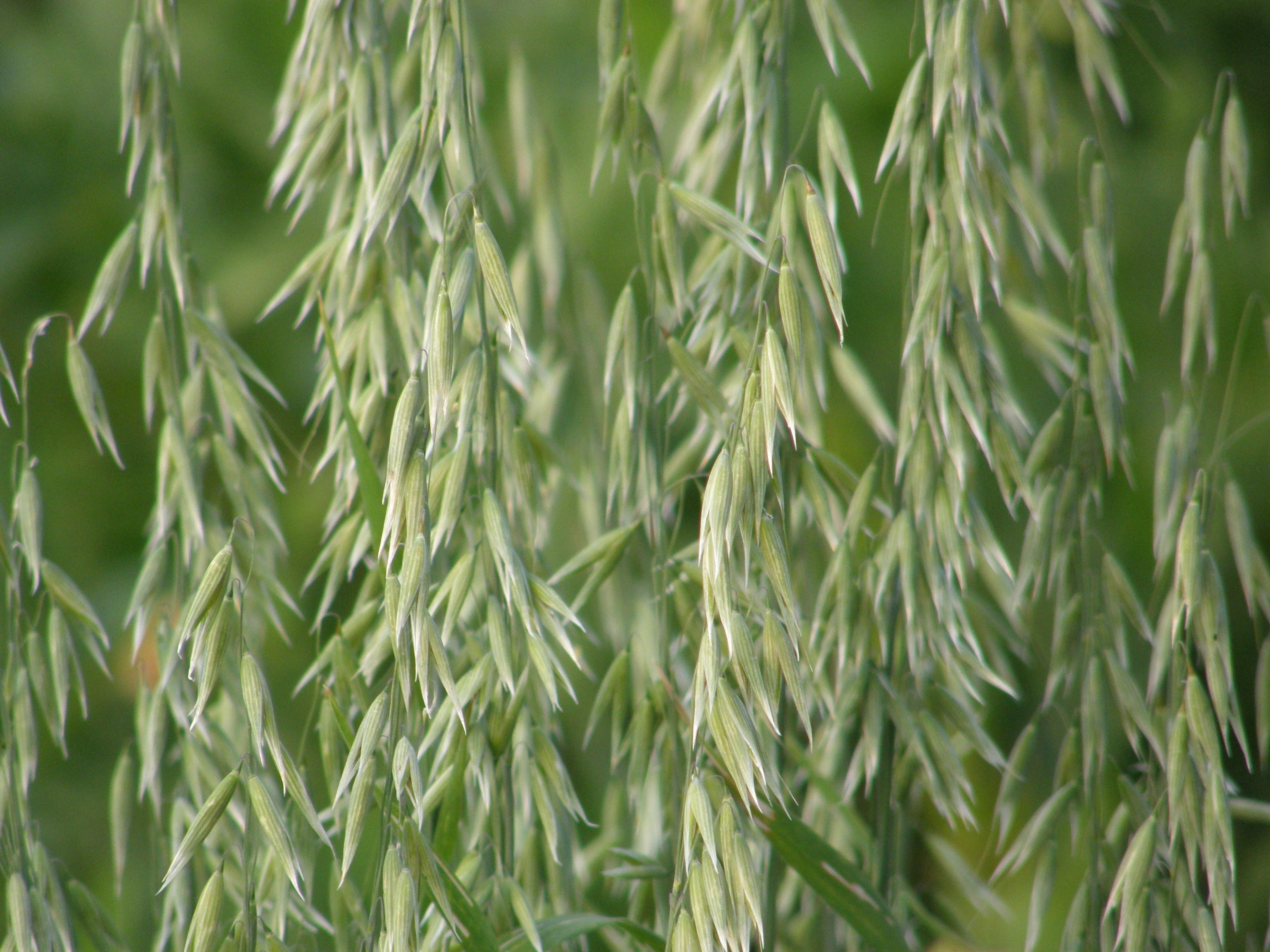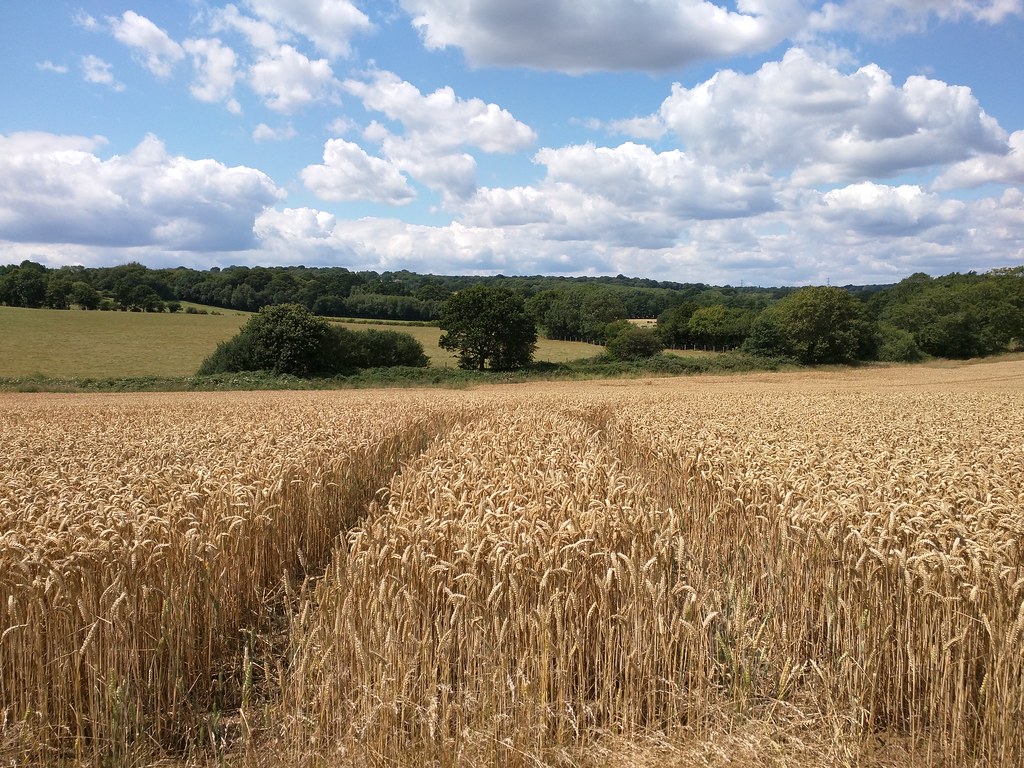Environmental & Science Education
History of Science
History of Science
Nature of Science
STEM
Culture
Society
Society
Edward Hessler

A few weeks ago I finished Steven Mithen's After the Ice: A Global Human History 20,000 - 5,000 BC. Mithen is professor of early prehistory in the Department of Archaeology, at the University of Reading, England.
Mithen helped me see the people who lived then as human beings who were skilled and thoughtful--complex. There are stones and bones throughout the book (and seeds, beetles, fabrics, pottery) of course but Mithen helps readers go beyond typical reporting while sticking closely to the available data. The following phrase about making flint blades is one such reminder. "To call such work 'flint knapping' or 'tool production' seems derisive." These were made by highly skilled and thoughtful craftsmen.
Mithen helped me see the people who lived then as human beings who were skilled and thoughtful--complex. There are stones and bones throughout the book (and seeds, beetles, fabrics, pottery) of course but Mithen helps readers go beyond typical reporting while sticking closely to the available data. The following phrase about making flint blades is one such reminder. "To call such work 'flint knapping' or 'tool production' seems derisive." These were made by highly skilled and thoughtful craftsmen.
The brackets Mithen chose to contain this history, 20,000 BC - 5,000 BC, represents the peak of the last ice age or last glacial maximum (LGM) and the time when many people throughout the world lived by some form of farming.
Some research on whether there was a transition from brittle wild cereals to domesticated wild cereals during the Natufian in the area of the Levant aught my eye. The difference in brittleness is important to agriculturalists. Brittle
wild strains "spontaneously fall apart when ripe, scattering their seed
on the ground while the domestic strains remain intact, 'waiting for
the harvester'."
The research was remarkably clever (labor intensive, too!). It shows how scientists make use of empirical methods in order to study events which happened so long ago.
The research was remarkably clever (labor intensive, too!). It shows how scientists make use of empirical methods in order to study events which happened so long ago.
The research resulted from studies of "plant genetics, ancient gathering techniques-much of it acquired by experimentation and computer simulations," in an effort to estimate the amount of time required to "change from wild to domestic strains."
Romana Unger-Hamilton, a graduate student at the Institute of Archaeology in London decided to replicate "the Natufian style of harvesting wild grains." Her research design included the use of bone-handled sickles and flint blades (as identical as she could make them to the original Natufian tools). Then she went to fields of wild grains "on the slopes of Mount Carmel around the Sea of Galilee and in southern Turkey" where "she cut stands of wild wheat and barley." Finally, she "microscopically examined" the sickle blades for signs of "sickle gloss" (wear). This varies depending on cereal types and stages of ripeness.
Unger-Hamilton found a match between the "sickle-gloss" on the blades she used to harvest unripened cereals and those on Natufian blades. This means that the Natufian farmers were harvesting "non-brittle variants" and further that "even if the Natufian people were sowing seed to generate new stands of wild cereals, non-brittle variants were unable to become dominant." (my emphasis). The harvesting of unripe grains then made sense.
Another researcher, "Patricia Anderson, of the Jales Resarch Institute in Paris," replicated Unger-Hamilton's research, confirming her results. In addition, Anderson also paid attention to grain that falls to the ground when it is harvested while still green or unripe. She found that enough grain fell to the ground to reseed, providing "for the next year's crop."
This means that if the Natufians "would only have to sow if they were beginning a brand-new" cereal plot. However, the Natufians were sedentary, never making new grain plots. They "remained as cultivators of wild cereals within the wild gardens of the Mediterranean woodland."


Mithen points out one obvious weakness in this research: "very few botanical remains have been recovered from their settlements."
Still, two lovely and interesting papers.
The relevant papers.
P. Anderson. (1991). Harvesting of wild cereals during the Natufian as seen from experimental cultivation and harves of wild einkorn wheat and microwear analysis of stone tools. In The Natufian Culture in the Levant (eds. O. Bar-Yosef & F. R. Valla), pp. 521-526. International Monographs in Preshistory. MI: Ann Arbor.
R. Unger-Hamilton. (1991). Natufian plant husbandry in the southern Levant and comparison with that of the Neolithic periods: The lithic perspective. In The Natufian Culture in the Levant (eds. O. Bar-Yosef & F. R. Valla), pp. 483-520. International Monographs in Prehistory. MI: Ann Arbor.
Still, two lovely and interesting papers.
The relevant papers.
P. Anderson. (1991). Harvesting of wild cereals during the Natufian as seen from experimental cultivation and harves of wild einkorn wheat and microwear analysis of stone tools. In The Natufian Culture in the Levant (eds. O. Bar-Yosef & F. R. Valla), pp. 521-526. International Monographs in Preshistory. MI: Ann Arbor.
R. Unger-Hamilton. (1991). Natufian plant husbandry in the southern Levant and comparison with that of the Neolithic periods: The lithic perspective. In The Natufian Culture in the Levant (eds. O. Bar-Yosef & F. R. Valla), pp. 483-520. International Monographs in Prehistory. MI: Ann Arbor.

No comments:
Post a Comment